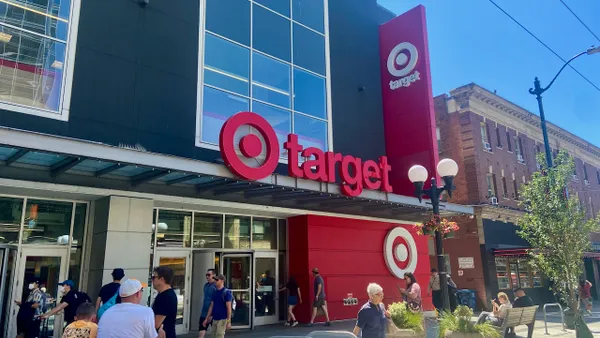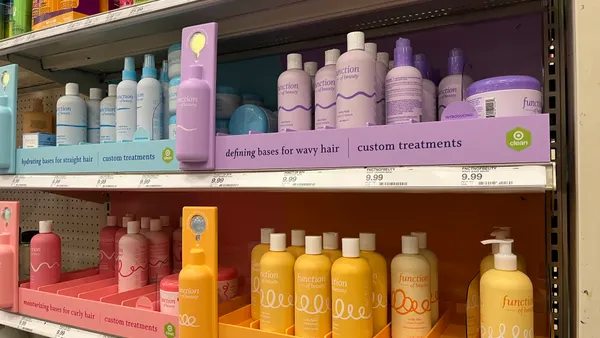Dive Brief:
- Gen Z girls desire holiday gifts that offer a mix of the sentimental and practical, according to new research made available to Marketing Dive from Sweety High, a digital media company focused on the demographic. The study found 88% of Gen Z girls want gifts with personal meaning and 77% would like ones that are useful.
- Among product categories, fashion led the way at 63%, followed closely by travel (62%) and experiences such as spa treatment or concert tickets (57%), along with tech devices (51%) and beauty (49%). The youngest Gen Z girls — 13- to 16-year-olds — want gifts that are Instagram-worthy and can elicit social currency in the form of likes and shares at 58%, but that desire goes down with older groups.
-
Gen Z girls are more likely to search for gifts at brick-and-mortar stores and in the mall (77%) over online shopping (54%). Seventy-five percent also look for personal, word-of-mouth recommendations from friends and family when researching gifts to give others instead of turning to online resources, which was only cited by 59%. The largest influences over the gifts Gen Z girls buy include friends (81%) or family (77%) liking or using a brand, along with a charitable component to the purchase, with proceeds benefiting a group or organization (46%). Ads were cited by 37%, a brand's social media presence by 23% and celebrity endorsements by 12%.
Dive Insight:
Gen Zers across the board have an unusual amount of influence compared to prior teen cohorts and are transforming the shopping experience. Some estimates suggest they command up to $44 billion in direct purchasing power. For retail brands heading into the critical holiday shopping period, that figure carries significant weight, and Sweety High's study reinforces some emerging trends with the demographic group along with revealing some surprises.
The premium put on social media-focused and "Insta-worthy" products and experiences in particular, speaks to Gen Z's deep attachment to their mobile phones — 39% desired a smartphone as a gift, per the research — and apps that offer visually-oriented sharing like Instagram and Snapchat. What's interesting, however, is the amount of clout both word-of-mouth and brick and mortar command at a time when many marketers are putting a lot more stake in e-commerce, which has battered the retail segment financially in recent years, along with tactics like celebrity influencers.
Advertising that only affects a little over a third of Gen Z girls is likely a worrying, but not especially revelatory finding for marketers, who've quickly started to figure out that young demographic groups are growing averse to much of traditional branding and marketing messaging.
These trends, taken together, reinforce that an omnichannel approach is necessary for connecting with Gen Z shoppers, tailoring products to be sleek and socially-shareable while also providing a satisfactory in-store experience to showcase those products. In terms of capitalizing on word-of-mouth, micro-influencers are becoming a more popular means to achieve that goal on digital marketing channels, as they carry smaller but often deeply loyal audiences.
This story is part of our ongoing coverage of the 2017 holiday shopping season. You can browse our holiday page and sign up for our holiday newsletter for more stories.














